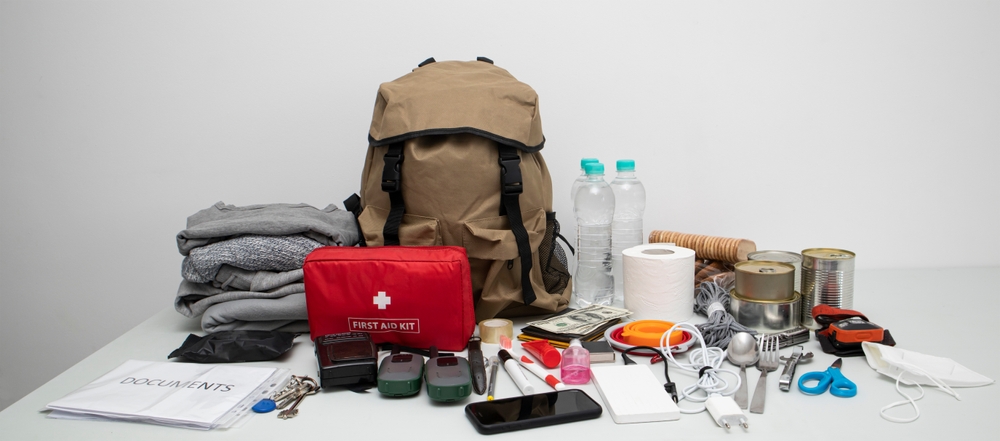Have you ever stopped to think about how ready you are for an unexpected event? Many households do not have even the most basic emergency plan or supplies. This lack of preparation can put families at serious risk during crises such as natural disasters, power outages, or sudden health emergencies.
Building emergency preparedness into your daily life is essential. It gives your family confidence, peace of mind, and the ability to respond calmly when challenges arise. Let’s dive deeper into this topic.
Creating a Family Emergency Plan
The first step toward preparedness is to create a family plan. This plan should spell out what each member of the household should do if an emergency happens. Discussing possible situations together reduces confusion and helps everyone feel more secure.
A good plan includes clear communication methods, safe meeting spots, and routes for leaving the home or neighborhood if necessary. Assigning simple roles can also prevent panic and make sure that everyone knows their responsibilities. Families that practice their plan often are far better equipped to respond effectively when real emergencies occur.
Building a Reliable Preparedness Kit
A plan alone is not enough. Your family also needs a well-stocked kit that can be used at a moment’s notice. The kit should contain enough food, water, and medical supplies to last at least several days.

It is also important to include flashlights, extra batteries, hygiene products, and copies of essential documents in waterproof bags. Every household is different, so think about the unique needs of your family. For example, infants, seniors, or pets may require additional items.
Checking the kit regularly ensures that supplies remain safe and usable, and rotating food or medicine prevents waste.
Staying Informed and Educated
Knowledge is one of the strongest tools in staying safe. Families should be aware of the specific risks in their region. For example, coastal areas may face hurricanes, while other places may deal with earthquakes, floods, or wildfires.
Learning about local emergency services and how to receive alerts is just as important as having supplies. Reliable sources such as government websites, weather stations, or local community groups can provide accurate updates. Guides from training platforms like MyCPR NOW also help families prepare with confidence.
When the entire family understands how to access information and respond quickly, they become much more resilient.
Building a Preparedness Mindset
Preparedness is not only about kits and plans. It is also about mindset. Talking openly with your family about emergencies reduces fear and encourages a problem-solving approach.
Instead of worrying about what could go wrong, families learn to focus on what they can do to stay safe. This proactive attitude helps children and adults alike manage stress better during real situations. Creating a culture of readiness strengthens trust within the family and builds a sense of resilience that lasts beyond emergencies.
Emergency Preparedness: Empowering Your Family for the Future
Emergency preparedness is an ongoing effort, not a one-time project. By creating a family plan, building a kit, practicing safety, staying informed, and developing a strong mindset, you give your loved ones the best chance to face any crisis with confidence. These simple yet powerful steps not only protect your family during difficult times but also build resilience that will carry into the future.
Preparedness is more than a task. It is a lifestyle that empowers you and the people you care about most.
Ravish Magazine is the UK lifestyle magazine for modern inspiration across travel, food and wellbeing.